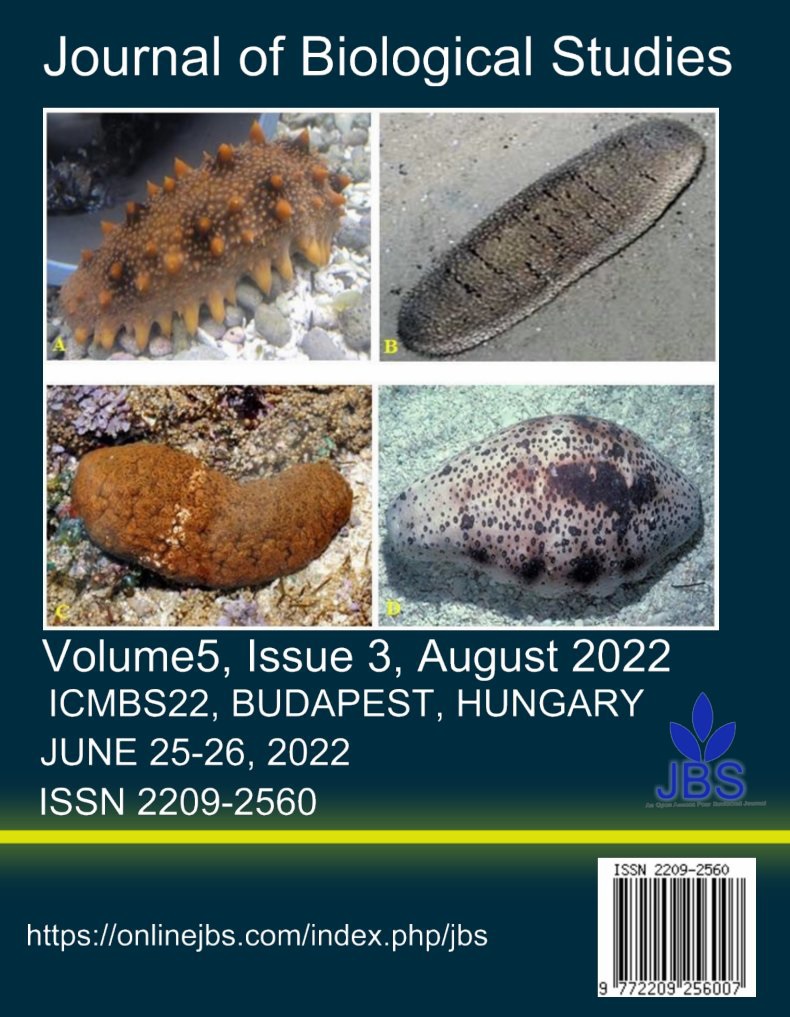Surface morphology of biofouling in membrane bioreactor treating actual sewage
Main Article Content
Abstract
Biofouling is the most challenging operational problem in membrane bioreactors. The goal of this study is to evaluate the foulants mechanism by profiling the foulants morphology in a membrane bioreactor treating actual sewage. A 10 m2 hollow fiber membrane was set up at MLSS of 9 g/L and HRT of 8 hours. CLSM and FESEM were used to characterize the membrane morphologies. The trans-membrane pressure was monitored, and membrane samples were analysed on weekly basis. The performance of the membrane bioreactor treating the actual sewage showed a remarkable result. The biofilm and cake layer formation dominated the majority of fouling in the MBR operation, resulting in slower permeation flux decay over time. The evaluation of fouling layers and the mechanism of biofouling development through profiling of foulant morphology using FESEM and CLSM revealed that the membrane experienced mild internal pore-clogging, implying that fouling occurred mainly on the membrane surface. The fluorescent staining of CLSM images revealed that proteins, -D-glucopyranose polysaccharides, and lipids were aggregated into clusters with protein depth thickness recorded at 22 μm. FESEM images revealed that the membrane experienced mild internal pore-clogging and had marginally reduced the overall water permeability and severely reduced the mass transfer coefficient. It can be concluded that proteins and microbial cells were the primary constituents of the fouling layer which may have contributed to the membrane performance deterioration after fouling.
Article Details

This work is licensed under a Creative Commons Attribution 4.0 International License.
